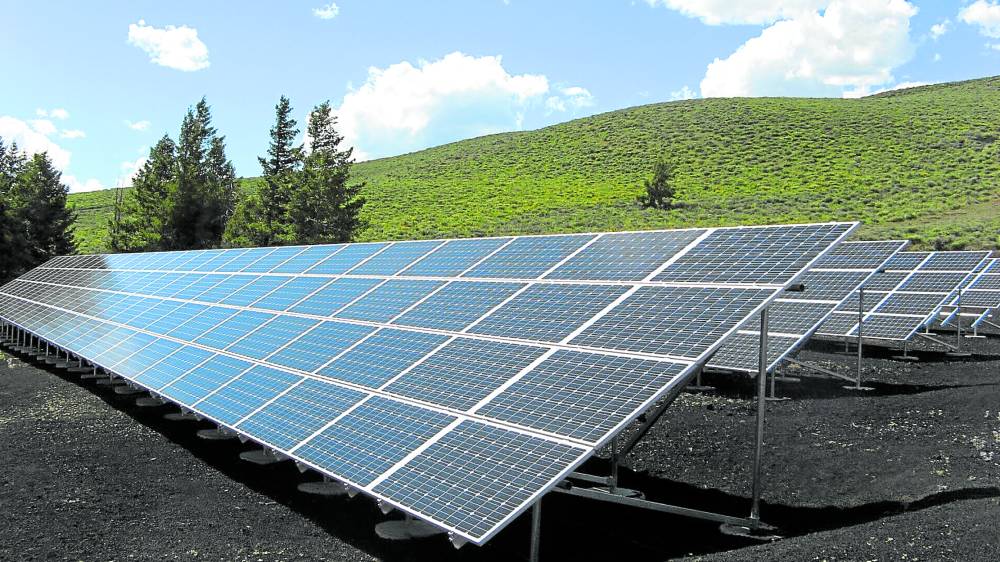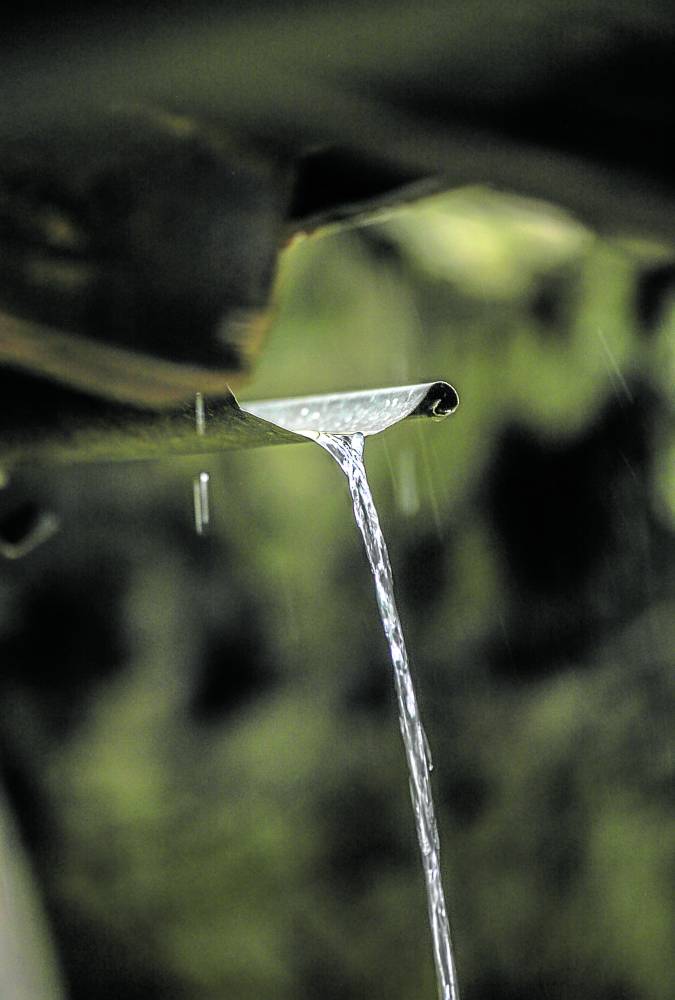Sustainable technologies that reduce utility bills
From solar panels to motion-activated sensors, technology nowadays can help reduce our operational expenses and hardships Have you been reeling from your utility bills these past few months?
If yes, you are not alone. This 2023, many places in the Philippines have experienced rate hikes for both electricity and water. Some provinces have also experienced rotational brownouts and water supply interruptions. These problems continue to plague our country due to rising fuel costs and other factors beyond our control. Climate change, too, is also to be blamed for these inconveniences.
Thankfully, there are solutions that are becoming more readily available to us who just want to improve our living situations. From solar panels to motion-activated sensors, technology nowadays can help reduce our operational expenses and hardships.
While many of these devices require us to make substantial investments in the beginning, the long term savings and reduced carbon footprint more than make up for the costs. Here are some readily available technologies that can help save both your wallet and the environment.
Harness free energy from the sun

Solar panels help lower electricity bills
Solar panels have been around for quite a while, but these exceptional innovations have yet to be fully embraced by the public. While it can be quite expensive to fully power up a home with solar panels, even on a limited budget you can already purchase and set up solar lights in the backyard.
Many companies can help you transition to become fully dependent on solar power or what is called a standalone power system. This would put your electricity bills at virtually zero, but may present a problem if the sun rarely shows up during rainy seasons.
A more practical approach is to combine solar and traditional power sources in a system called on-grid or grid-tie. Solar panels can allow you to save as much as 70 percent on your electrical bill on a monthly basis even if you still remain connected to your local electricity supplier.
Solar panels have proven to be so handy that they’ve even been used in providing immediate power to communities reeling from disasters. The village of Halian in Surigao del Norte, for example, turned to solar energy to light up their homes after super typhoon Odette wreaked havoc on their community in 2021. Requiring little effort to set up, these devices provided power even with the destruction of electrical posts in the area. These also allowed cell phones to be charged and basic appliances to be used even in the aftermath of the disaster.
In terms of expenses, the cost for solar power systems depend on your location and power requirement. As an example, the company Philippine Solar Rooftops provides a starting package of P90,000 for homes with an average electricity bill of P4,000 and below per month. This can translate to an approximate annual savings of P16,800. Over time, these savings will add up, providing a full return on your initial investment.
Save on power with motion sensorsWhen you hear the words “smart home,” a high-tech, fully automated house running on robots is probably what comes to mind.
Contrary to popular belief, however, you can turn your home into a smart shelter by simply installing devices that allow you to control lights, heating and other equipment with the use of remote devices such as cellphones or computers.
In particular, motion sensor devices can turn a traditional house into a power-efficient home. Wireless and battery-powered, these items can be affixed easily on walls or ceilings. They can be used to control lights, temperature, and ventilation. They can also serve as warning devices, informing inhabitants of the presence of smoke or unusual vibrations such as those from an earthquake.
Quality motion sensors may cost P1,000 and up. These devices, however, help you save on electricity as they automatically turn off lights and other appliances when no motion is detected in a room. They also allow you to have little contact with frequently touched surfaces, making them quite beneficial in the post-pandemic era.
Recycle water
Water is a limited resource. This fact may seem unfathomable due to the numerous bodies of water present on earth, but according to National Geographic, freshwater only accounts for 3 percent of this supply. Freshwater is what humans and animals need for survival. Thankfully, this resource is renewable, though demand may overrun supply in some areas of the world.
To help conserve fresh water, sustainable solutions must be adopted. Water-saving measures include rainwater harvesting, waste water recycling and drip irrigation. These practices can be adopted even at home.
To exemplify, you can collect rainwater from your roof by rerouting your gutter into a sealed drum or cistern. While you can go the DIY route for this, using technology or procuring the services of a professional company can allow your setup to collect, filter and maintain water reserves more efficiently.
In terms of recycling, more advanced systems include desalinating saltwater or treating waste water through bioreactor filtration systems. Consult professionals when it comes to recycling waste water to ensure that harmful bacteria is eliminated first before reuse. At best, use recycled water for non-consumption purposes, such as watering your plants or flushing your toilets.
Sustainability translates to savingsOverall, sustainability can be adopted by virtually anyone. A simple act of turning off the faucet or the lights can help reduce your power and water consumption.
Technology, however, can help you to save more and become more efficient. By maximizing the resources now available to you, you’ll be able to save on costs and protect the environment in the long run. It’s a win-win scenario for your family and for the world.

